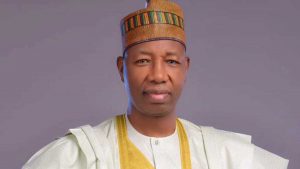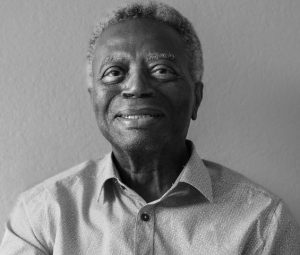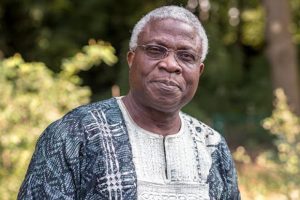Opinion: How Shinzo Abe’s exit could threaten regional stability and Japan’s alliance with the US

Tensions in Asia have been on the rise. While the US and China trade war marches on, China has been taking increasingly provocative actions in the East China and South China Seas. Just a few days ago, for example, China fired four ballistic missiles into the South China Sea, where six different governments are engaged in a territorial dispute. China has also ratcheted up tensions with Japan by continuing to allow its ships to sail into the disputed waters near the Senkaku Islands administered by Tokyo (China, which calls them the Diaoyu Islands, also claims sovereignty). To top it off, China’s crackdown on Hong Kong and its threats to Taiwan have sparked fears that a major conflict in Asia is inevitable in the coming years. Abe, who recently became Japan’s longest-serving prime minister, was a source of stability in the region. Although his nationalist sympathies sometimes drew negative attention — his 2013 visit to a controversial shrine that is often considered a symbol of Japan’s imperial military past offended China, South Korea and “disappointed” the United States — Abe was a committed multilateralist who tirelessly pushed for a rules-based international order.At the same time, Abe was unwavering in his dedication to secure and improve the US-Japan alliance. In 2015, he pushed through domestically controversial national security legislation that reinterpreted the constitution’s clause limiting use of force to self-defense. The legislation allowed Japan to exercise collective defense responsibilities and therefore come to the aid of the US, if necessary.This was under former President Barack Obama. But when President Donald Trump was elected, Abe did not miss a beat, flying to New York to become the first foreign leader to meet with the president-elect in Trump Tower. Even after Trump withdrew from the 12-nation Trans-Pacific Partnership (TPP) free trade agreement that Abe believed was crucial for both economic and strategic reasons, the prime minister both preserved the overall deal with the remaining 11 countries (the Comprehensive and Progressive Trans-Pacific Partnership, or CPTPP), and then agreed to work with the Trump administration to form a separate bilateral agreement, which though more limited than the TPP matched many of the tariff levels and, more importantly, helped to avoid trade tensions between the two allies.Japan is in an awkward position when it comes to China. While Japan is increasingly leery of growing Chinese power (hence its need to foster close security ties to the US), it is economically bound to its larger and wealthier neighbor. Abe had to walk a tightrope by securing Japan’s relationship with the US without unnecessarily provoking China. This was evident in June, when the Japanese government expressed its concerns regarding Beijing’s actions in Hong Kong but avoided signing a joint statement with the US, Britain, Australia and Canada condemning China for passing a national security law that essentially ends the “one country, two systems” principle.Several names are being floated as possible successors to Abe, including Chief Cabinet Secretary Yoshihide Suga, former Defense Minister Shigeru Ishiba, current Defense Minister Taro Kono and former Foreign Minister Fumio Kishida. Whoever is chosen next month by the Liberal Democratic Party will have to figure out how to balance Japan’s competing interests on the world stage. Hopefully, that balance will continue to tip, as it did under Abe, in favor of the US. It should not be forgotten that a few years before Abe returned to office in 2012, Japan, under the since-dissolved Democratic Party of Japan (DPJ) led by Prime Minister Yukio Hatoyama, seemed to be moving Japan towards a much closer relationship with China. Fortunately, the alliance between the US and Japan has been strong enough that ties between the countries have become somewhat institutionalized. For example, the Quadrilateral Security Dialogue (Quad or Quad 2.0 — referring to its revival in 2017) has resulted in regular meetings between the US, Japan, Australia and India to maintain a free and open Indo-Pacific region.The year 2020 continues to throw curveballs at the world, and Abe’s resignation may pale in comparison to a global pandemic and a looming economic crisis. While Abe’s departure may not seem immediately alarming, it poses a serious challenge to the stability of the region, given China’s dominance. While we don’t know who the next leader of Japan will be, we can only hope that he is as committed to the alliance with the US as Abe has been.






